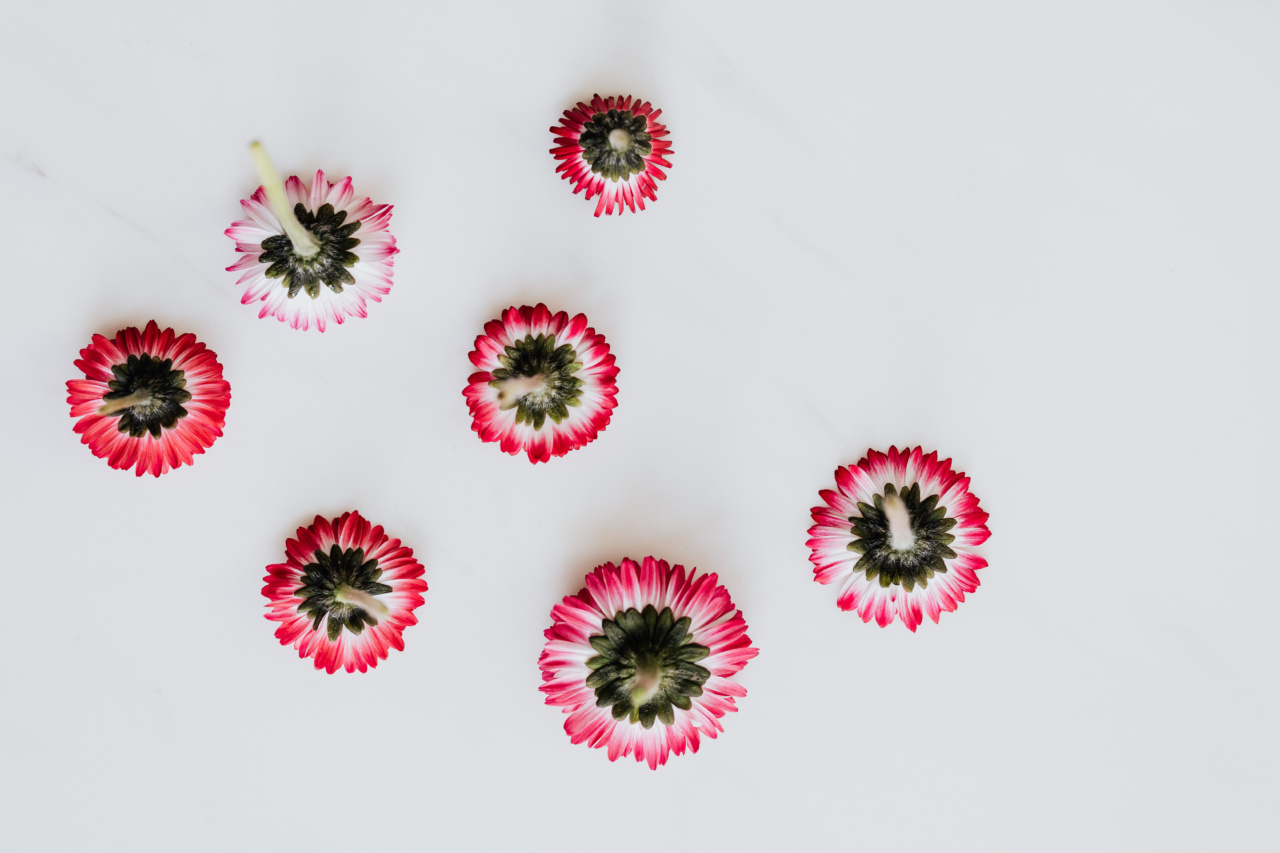Spring is a beautiful season that brings blooming flowers, warmer weather, and more outdoor activities. However, for many people, spring also means dealing with annoying allergies.
If you find yourself sneezing, itching, or experiencing other allergy symptoms, don’t let it ruin your favorite season. In this article, we will discuss various solutions to combat spring allergies and help you enjoy the season to the fullest.
Understanding Spring Allergies
Before we dive into the solutions, let’s take a quick look at what causes spring allergies. During springtime, trees, flowers, and grasses release tiny pollen grains into the air.
When these pollen grains come in contact with your nose, eyes, or throat, your immune system may react by triggering allergic symptoms.
1. Keep Track of Pollen Levels
One way to manage spring allergies is to stay informed about the pollen levels in your area. Local weather reports or online pollen trackers can provide daily updates on the pollen count.
Try to limit your outdoor activities on days when the pollen levels are high.
2. Create an Allergy-Free Zone at Home
Creating an allergy-free zone at home can provide relief from spring allergies. Keep windows closed to prevent pollen from entering your home. Use air purifiers with HEPA filters to remove allergens from the air.
Regularly clean and vacuum your home to get rid of any trapped pollen.
3. Practice Good Personal Hygiene
Washing your face and hands frequently throughout the day can help remove any pollen that may have settled on your skin. Avoid touching your face and eyes to minimize the likelihood of allergens irritating your nasal passages and eyes.
4. Wear Protective Clothing
If you’re spending time outdoors during spring, consider wearing protective clothing such as hats, sunglasses, and long-sleeved shirts to prevent pollen from coming in direct contact with your skin and eyes.
Additionally, wearing a pollen mask can be particularly helpful if you need to do yard work or spend time in heavily pollen-laden areas.
5. Rinse Your Sinuses
Nasal irrigation, often done using a neti pot or saline solution, can help flush out allergens, mucus, and irritants from your nasal passages.
This simple practice can provide temporary relief from allergy symptoms and help keep your nasal passages clear.
6. Opt for Allergy Medications
Over-the-counter antihistamines, nasal sprays, and eye drops can provide temporary relief from allergy symptoms.
However, if your allergies are severe, it is recommended to consult with a healthcare professional who may prescribe stronger medications to manage your symptoms.
7. Consider Immunotherapy
If your allergies are persistent and significantly impact your quality of life during spring, you may want to explore immunotherapy options.
Immunotherapy involves exposing your body to small amounts of allergens over time, helping your immune system build tolerance to them. This can be done through allergy shots or sublingual tablets.
8. Keep Your Pets Clean
Pets, especially those that go outdoors, can carry pollen into your home. Regularly bathe and brush your pets to remove any pollen that may have accumulated on their fur. Avoid allowing pets into your bedroom to create a pollen-free sleeping environment.
9. Try Natural Remedies
Some people find relief from spring allergies by trying natural remedies such as local honey, which may help desensitize your body to pollen, or herbal supplements like butterbur or stinging nettle.
It’s important to note that natural remedies should be used with caution and it’s recommended to consult with a healthcare professional before trying them.
10. Consult with an Allergist
If you’ve tried various solutions, but your spring allergies persist and significantly impact your daily life, it may be time to consult with an allergist.
An allergist can perform specific allergy tests, identify your triggers, and develop a personalized treatment plan to manage your allergies effectively.































